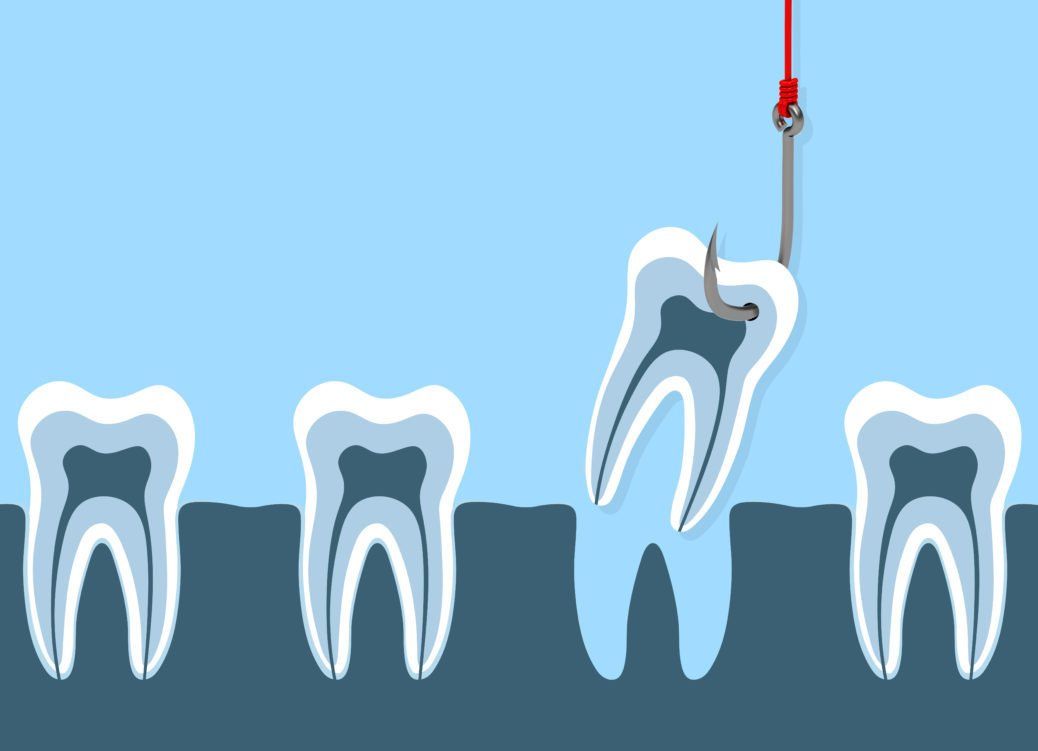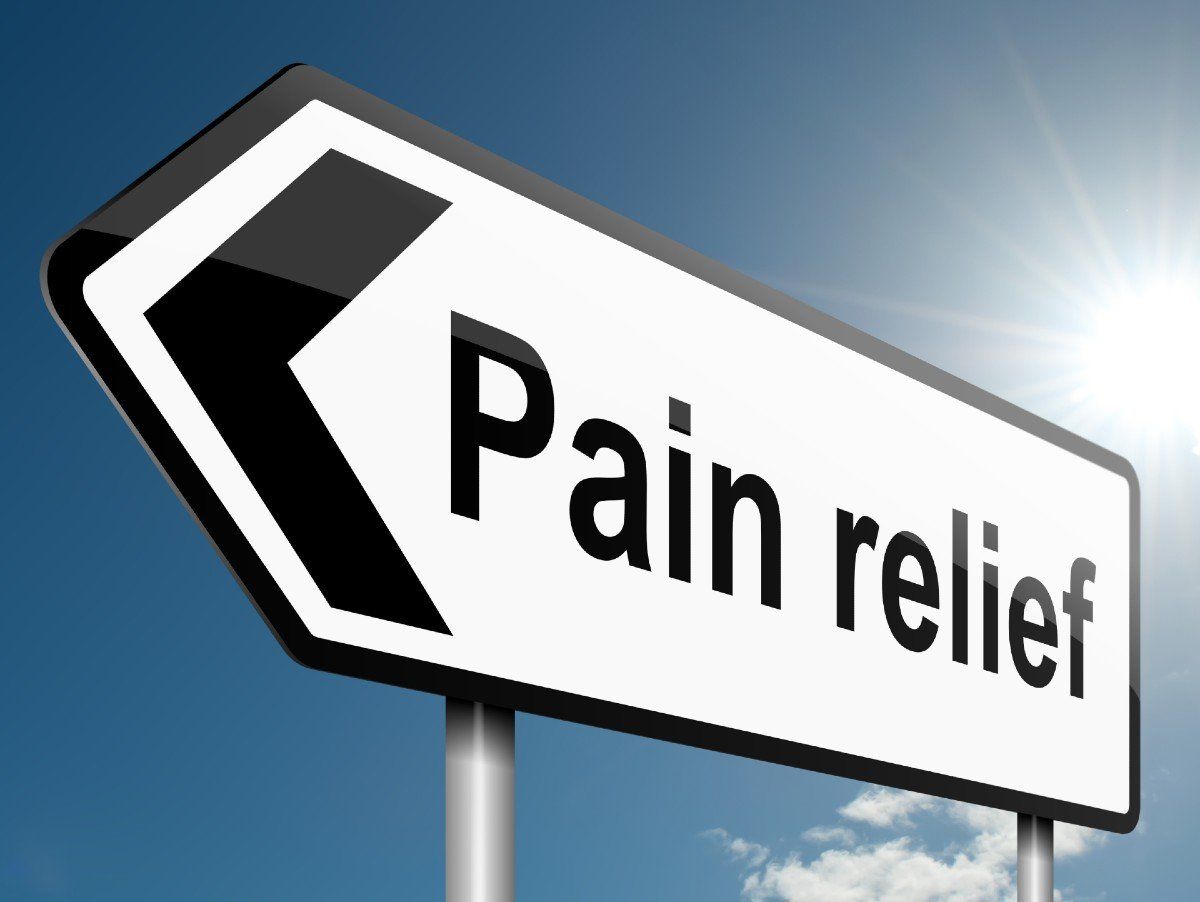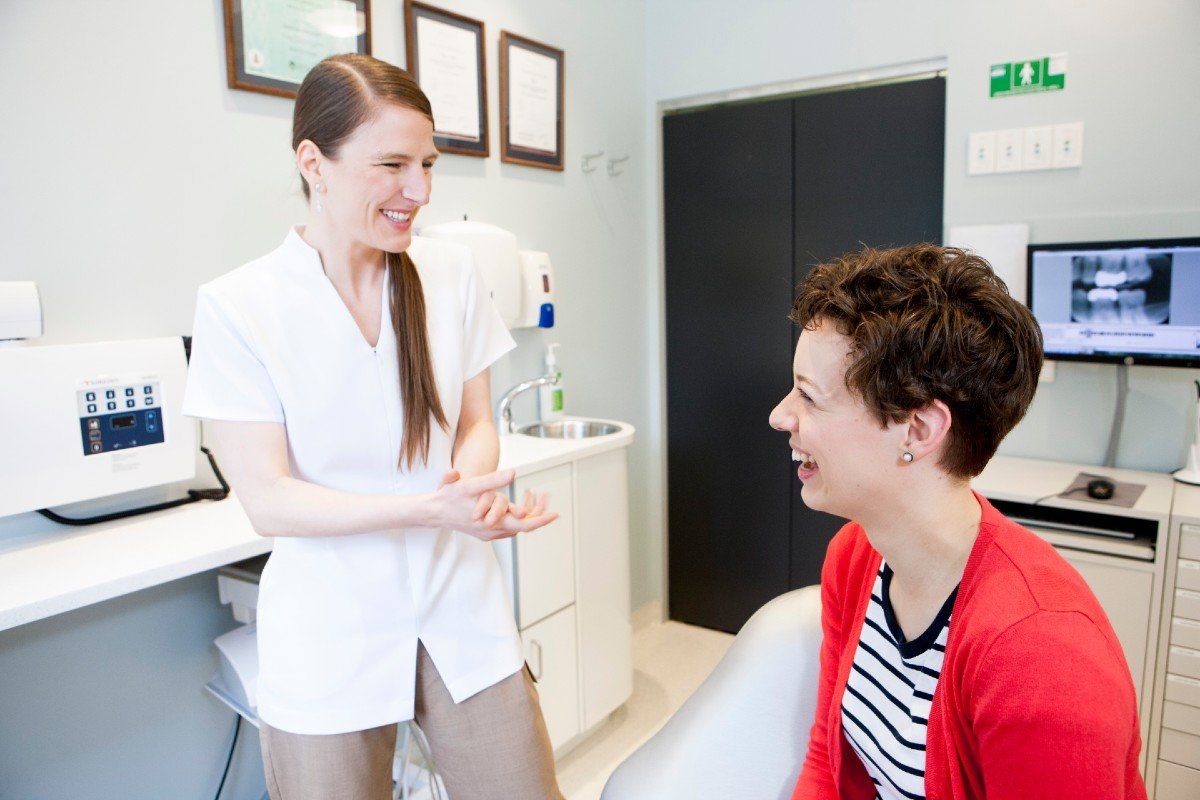What to Do After an Extraction
December 1, 2019
Rest
For the remainder of the day, avoid strenuous exercise or any activities which increase your heart rate and blood pressure. Such increases may cause bleeding.
Rinsing
DO NOT RINSE YOUR MOUTH UNTIL THE FOLLOWING DAY. This includes cleaning your teeth. Rinsing your mouth may dislodge the blood clot and cause bleeding. If you get blood in your mouth, simply spit it out.
The following day, start rinsing with a mouthwash, swishing it around the affected area for at least one minute. Repeat this at least 5 times a day, ideally every time after eating. Continue this for the next six days. A simple and effective mouthwash uses ½ a teaspoon of salt dissolved in a glass of very warm water. Alternatively, use a capful of ‘Savacol’ antibacterial mouthwash if instructed. Continued use of ‘Savacol’ mouthwash may cause staining of your teeth or tongue, so use it for only 3-4 days unless advised otherwise.
The following day, start rinsing with a mouthwash, swishing it around the affected area for at least one minute. Repeat this at least 5 times a day, ideally every time after eating. Continue this for the next six days. A simple and effective mouthwash uses ½ a teaspoon of salt dissolved in a glass of very warm water. Alternatively, use a capful of ‘Savacol’ antibacterial mouthwash if instructed. Continued use of ‘Savacol’ mouthwash may cause staining of your teeth or tongue, so use it for only 3-4 days unless advised otherwise.
Eating, Drinking and Smoking
AVOID HOT DRINKS. Drink normal cold and warm drinks. Eat soft food, but try to avoid eating on the side of the extraction. It is important to maintain a diet of soft nutritious foods to aid the healing process.
DO NOT SMOKE FOR AT LEAST 24 HOURS. The longer you refrain from smoking, the faster the gum will heal. Smoking seriously slows the healing process. Avoid alcohol for 24 hours.
DO NOT SMOKE FOR AT LEAST 24 HOURS. The longer you refrain from smoking, the faster the gum will heal. Smoking seriously slows the healing process. Avoid alcohol for 24 hours.
Pain
Unfortunately most extractions are uncomfortable afterwards. Taking a painkiller (analgesic) before the anaesthetic wears off will help. Then take painkillers as required for discomfort, following the manufacturer’s instructions on dosages. Paracetamol (‘Panadol’) is usually sufficient, however you may be prescribed something stronger if required. You may find our guidelines on managing dental pain are helpful.
Bleeding
A slight ooze of blood is normal for the first 24 hours. If there is more bleeding, roll up a piece of gauze or cotton and bite firmly on this for at least 15 minutes. Sit up. Don’t lie down as this will make the blood go to your head. If there is excessive bleeding, please call us.
Healing
The initial healing period takes one to two weeks depending on the difficulty of the extraction. Expect some swelling and bleeding in the first 24 hours. During this period the tooth socket will fill up with blood forming a clot. The bone and gum will slowly grow back as the socket heals over. It is important not to dislodge this blood clot as this will impair the healing and may cause complications.
Complications
Please contact us
if excessive bleeding continues or if you have a fever, severe swelling or severe pain.




